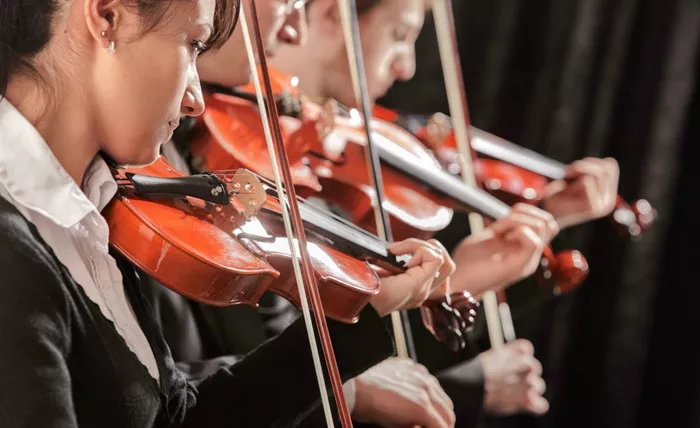Here’s a familiar sight at the symphony: an audience, perfectly still and silent, spending more than two hours immersed in music. No food, no chatter, and no distractions like flickering movie screens. In an era where attention spans are shrinking due to the rise of short-form content, it’s rare to find people willing to pay hundreds of dollars just to sit and listen.
This is what makes classical music unique. Unlike the quick tunes on TikTok or popular radio hits, it takes multiple listens to fully appreciate a classical piece.
The live performance aspect is crucial in classical music. While all music lovers appreciate live concerts, in classical music, the experience is irreplaceable. The genre’s survival depends on the magic of live performances, where the energy between musicians and the audience cannot be replicated by digital recordings.
Yet, the digital age threatens this vital element. There’s growing focus on flawless recordings, created with numerous takes and digital tweaks. My concern is that one day, the raw excitement of live music will be overshadowed by the demand for perfect, digitally-enhanced performances.
Many top orchestras and concert halls have adapted by offering “digital concert halls,” following the example of the Berlin Philharmonic. These services, like Medici.tv and Carnegie Hall+, provide high-quality streaming of live and archived performances. While this shift seemed promising during the COVID-19 pandemic, it also created new challenges.
I’m thankful for the online shift—it’s introduced classical music to a wider audience and even made its way into pop culture, with pieces like Rachmaninoff’s Piano Concerto No. 2 going viral on TikTok.
But the concert hall is more than just a venue—it’s a space where time is dedicated to respecting both the music and the musicians. The live experience of hearing strings and brass in person is something that simply can’t be captured by a short social media clip.
Although virtual streams are affordable and accessible, they come at the cost of the concert hall’s relevance. With fewer people attending in person, orchestras lose valuable revenue, a situation that worsened during the pandemic and continues to affect many institutions today.
From my own experiences attending symphonies, it’s clear that many people hesitate to spend hundreds of dollars on programs they’re unfamiliar with. As a result, classical music audiences remain largely limited to an older, wealthier demographic. I’ve spoken with friends who, after seeing ticket prices, laugh and abandon their plans to attend.
One solution could be to lower ticket prices for seats further back in the hall, making concerts more accessible and attracting a more diverse audience. Right now, this elitist pricing keeps younger or less affluent music lovers away, wasting seats that could easily be filled by a new generation of classical music enthusiasts.
Rather than abandoning the digital approach, orchestras should focus on enhancing the live concert experience while maintaining an online presence. The balance currently favors online reach, but it’s time for orchestras to innovate and reinvigorate what makes classical music special: its live performances.
Related Topics

